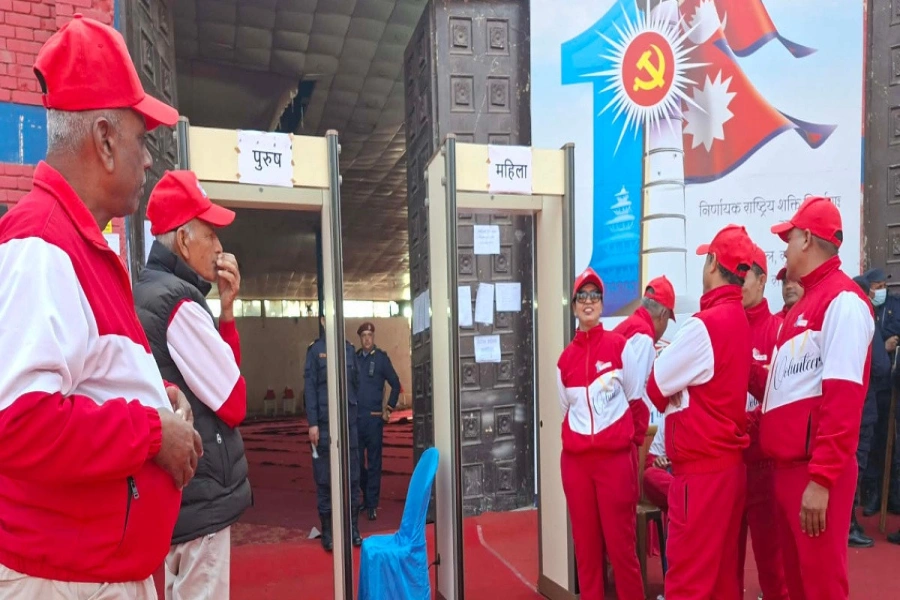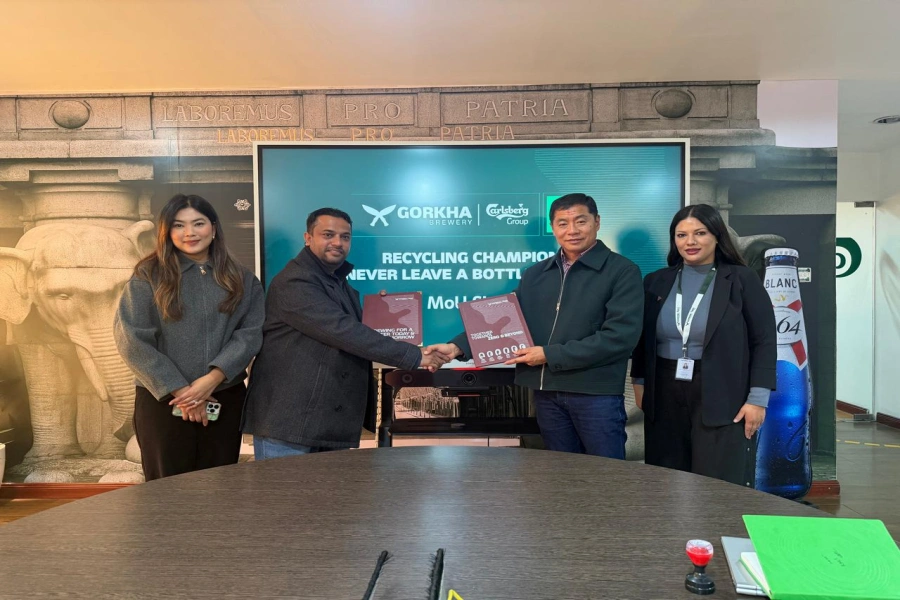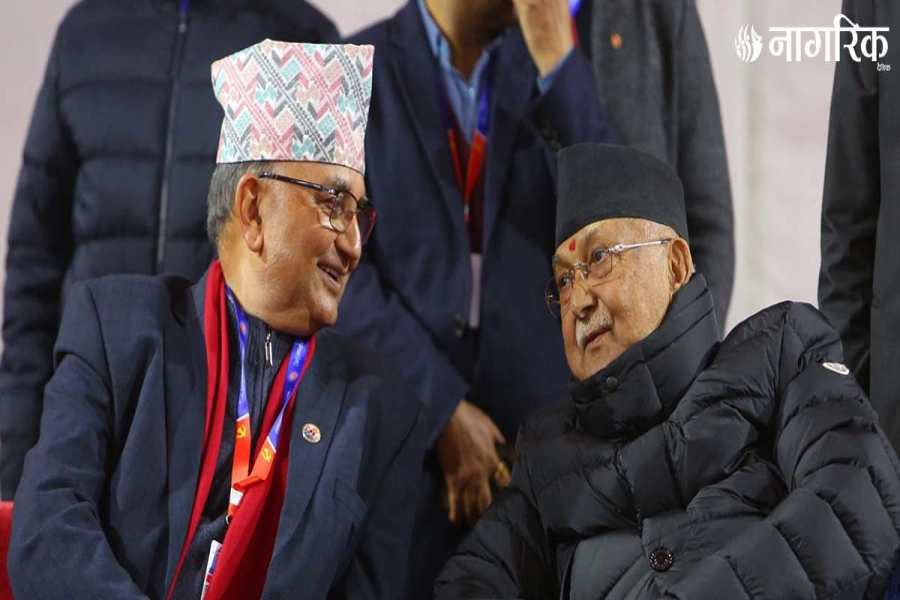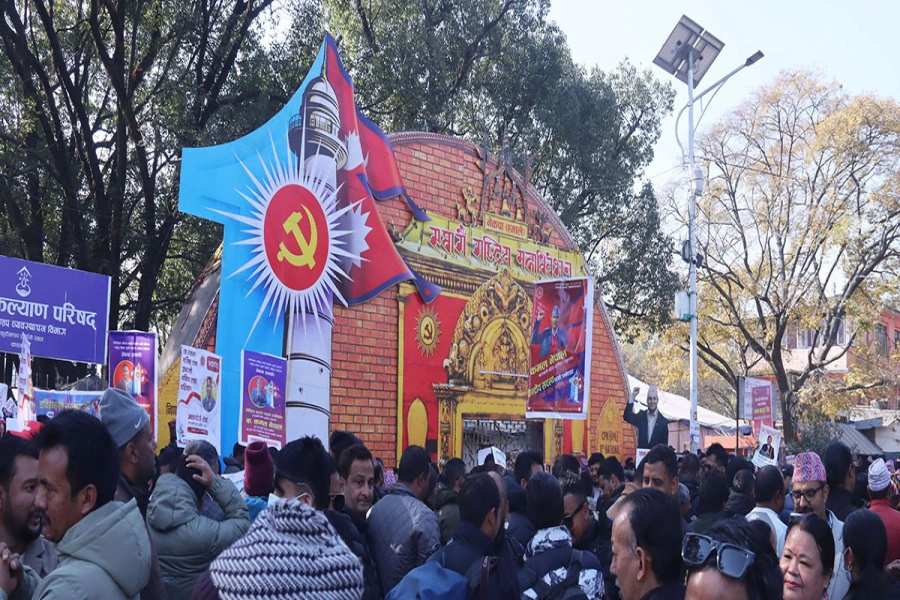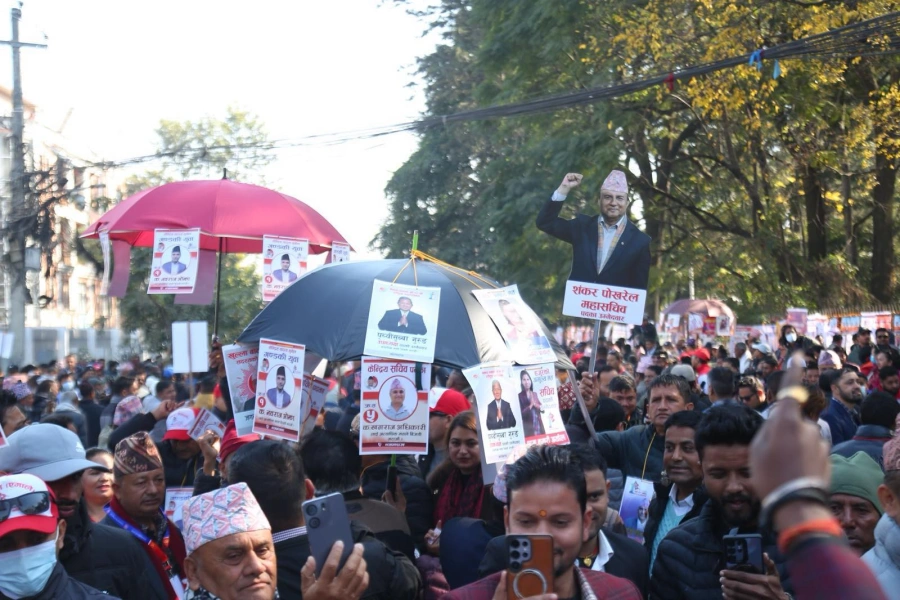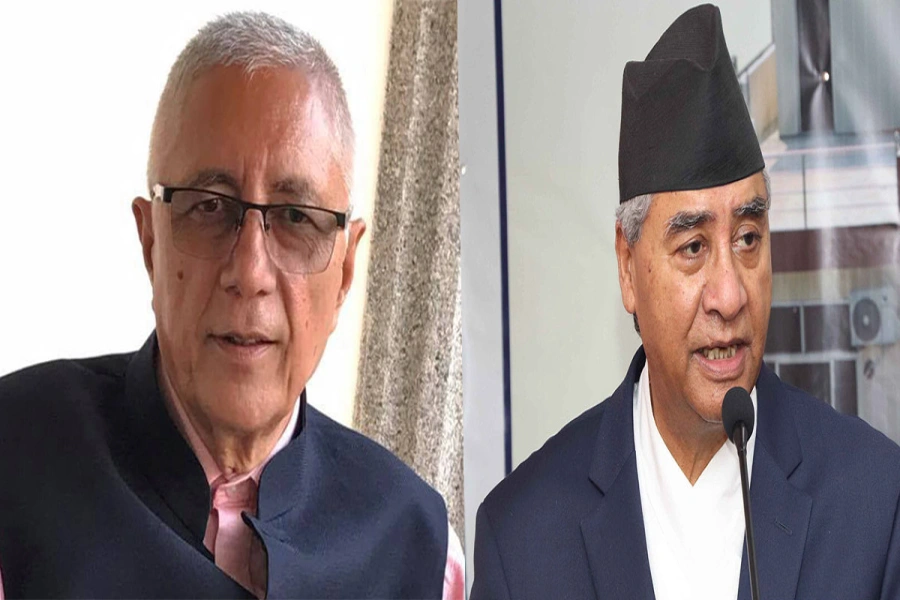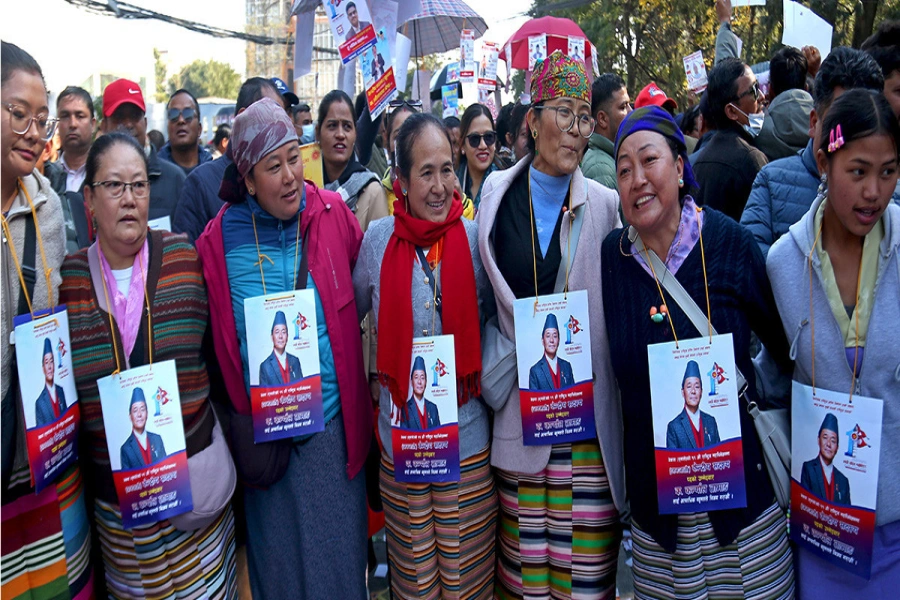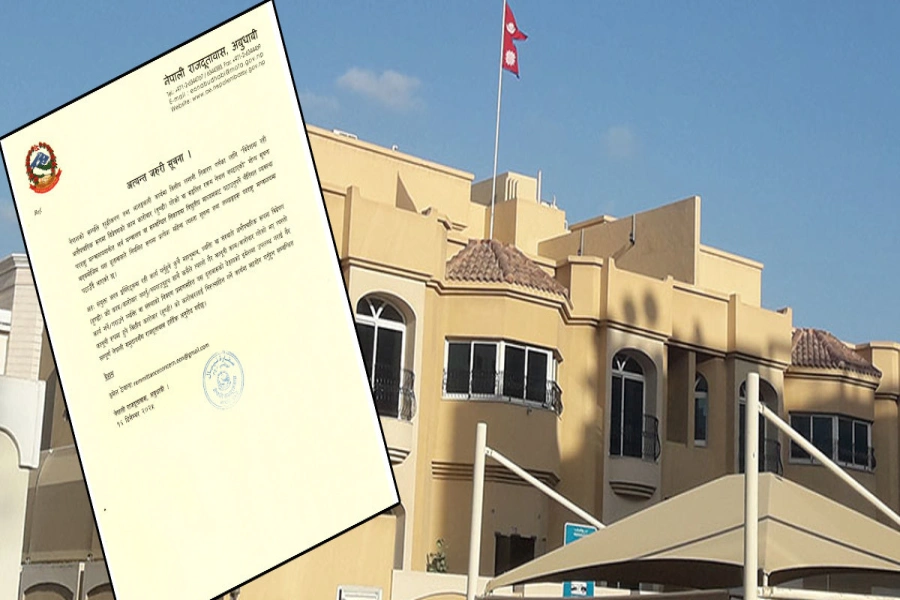Ceylon Broadcasting Corporation
So far, I have heaped mostly praises on Prime Minister Jawaharlal Nehru for being liberal, enlightened and open-minded to his fellow Indians by allowing the importation of foreign comic books, novels and other publications, records, and films for their enjoyment and other purposes. His Permit/License Raj, though myopic, allowed such foreign goods to arrive in India during his long premiership.
But permission in one pampered sector is one thing while promotion and encouragement of a nation’s own overall homegrown and acquired ingenuity for meeting its domestic requirements and consumption is quite another. Here, the Pundit failed miserably, or he was totally mindless of India’s own development sector even to satisfy its people’s own given needs.[break]
Examples abound: The foreign magazines advertised, let’s say, the latest cars and vehicles made in the world, but India continued with the same old pre-War models, year after year: The Birlas manufactured nothing but the same 1950 model of Ambassador car for decades; the Tatas also rolled out the same old one-model Tata trucks; the only passenger car permitted for the Indian market was Fiat which was modeled on the same make presented by Gianni Agnelli’s company to the First Asian Everester Tenzing Norgay Sherpa; India’s premier luxury car remained the same old Standard Herald.
And so on. India produced no white goods of its own while its burgeoning populace needed refrigerators, air-conditioners, washing machines and other household appliances. Its young wanted and needed advanced radio sets and radiograms and musical instruments. Indians’ modern needs were legion but Nehru fulfilled not an iota of such rising needs and essential expectations.
Radio is a vital national tool for many aims and objectives. The sheer size and population of India necessitated a huge network of radio coverage. But the official and government–controlled All India Radio (AIR), the only broadcasting monopoly, was below par. Not surprisingly, it was perhaps the least dialed and listened-to wavelength in any nation of the world. Also, as mentioned above in another diagonal context, AIR’s Hindi-language programs and slots were all Greek to Indians of the south, east, northeast and other regions where their own majority languages prevailed, and Hindi was as comprehensible and culturally acceptable to them as – well! – Esperanto. But India’s mostly Holy Cow-Belt central government was partial to Hindi and Hinduism as the country’s twin building blocks, thus harking back to Hindustan, the other and older name of an ancient nation gone modern. Secondly, AIR’s airs of all-India classical and traditional fares were deemed mere propagandist at best, and such mundane music and tasteless tunes put listeners to sleep. Or rather, they were more prone to listen to BBC, VOA and ABC (Australian Broadcasting Corporation) if not to the more powerful “Raaddio Pekking.”
The irony was not lost on us; after all, it was us, the people, who suffered and looked for alternatives. For example, AIR did not even broadcast Bombay’s film songs, those hits which more often than not filled the movie halls of the country whose diverse citizens enjoyed those “filmy geet” with abandon and without prejudices. If anything that unified the diverse nation as a whole, it was the bioscope songs sung by Muslim, Bengali, Southern and other regional singers – KL Sehgal, Mohammad Rafi, Talat Mehmood, Lata Mangeshkar, Asha Bhonsle, Hemant Kumar, Mukesh, Kishore Kumar, Gita Dutt, Manna De and others.
To our relief and deliverance in our soundless life, there was one merciful and savior radio station. It was called Ceylon Broadcasting Corporation which beamed its airwaves to South Asia from Colombo of Ceylon, now called Sri Lanka. The island nation’s people were well-known in our landmass for their “trivial pursuits” that defined the distinctiveness of a people. The Ceylonese were the only lively people in a cheerless and humorless South Asia of which India occupied more than three fourth of everything.
It was a pity, therefore, that listeners in India were compelled to tune in to the popular radio station’s two much-awaited weekly radio shows. One was called “Binaca Geetmala” which played the latest super hits from Bombay’s Hindi films upon their releases. Binaca was a giant in oral dental products of India, but it had to promote its advertorial and promotional radio shows from a foreign country.
Its western musical counterpart program was called “Binaca Hit Parade” and it broadcast the weekly UK Top Ten from London. That was how we looked forward to the morning of every Sunday and managed to listen to The Beatles, Rolling Stones, Pat Boone, Cliff Richards, Nat King Cole, Jim Reeves and other hitmakers on the static-laden screeching and squealing 31 Meter Band wavelengths of Ceylon Broadcasting Corporation. Here, in the most pro bono publico domain, Nehru scores zero!
What thereafter, and now?
I arrived in Kathmandu in the January cold of 1966, and I found the capital city of Nepal a total wasteland. I missed comics, popular magazines and books, films and other modes of diversions and entertainment I was used to in Darjeeling. I even missed the traditional tobacco-and-lime “khaini’ (nowhere available in Kathmandu!) and “paan” (a lone shop was at the back of New Road with but bitter Bihari and Bengali betel leaves!) which had been our mainstay in Darjeeling.
I quickly found that popular culture was mainly trifurcated in the Capital City of Kathmandu: The Hippies on Freak Street and its adjoining “camps” were hashish-high on ganja and charas and swung to the riffs of Jimi Hendrix, jumped at the belting-out of Janis Joplin, and swooned to the wails of Grace Slick, Bob Dylan and Donovan. Middle class Kathmandu was basically happy with Hindi films and songs and Nepali music of all airs while only the nouveaux riche bureaucratic feudal class and entrenched wealthy and (in)famous aristocracy of Nepal had accesses – mostly through the good offices of the various foreign extraordinary plenipotentiaries, donor dons, development devils, money mandarins, and aid advisors – to what we ordinary souls habitually enjoyed in Darjeeling.
I was nowhere in this triangle of shocking countercultural abyss and numbing deprivation and loss of identity. I longed for my fraternity and space and air of the Darjeeling Hills, while also terribly missing my guitars, preamps, amplifiers, records, turntables and my self-assembled and jigged-up stereo hi-fi system, all left in my old hometown.
I tried to find my own oases of modern civilization in the desert of medieval Kathmandu. But my compass led me to find such sorry conclusions that compelled me to sing my uncomfortable and uncontrollable rubáiyáts in a series called “Kathmandu Cantos” which were published on the pages of this very weekly newsmagazine.
•••
In conclusion, I take readers back to the beginning. My extended topic in this series was about how I learnt English in Darjeelingtown when I arrived there as a “pakhe” and “gaunle” preteen, and how I gradually progressed from reading comic strips to comic books, then popular magazines and books of all kinds, simultaneously watching foreign films and listening to western records and radio broadcasts – all to improve my fledgling and burgeoning English, its styles, variants, accents, registers, phonemes and morphemes and diphthongs, and all that Jazz. My decade-long efforts from 1956 to 1966 saw me through my Matriculation Examinations from Turnbull High School and college education at North Point, both of Darjeeling. All these finally culminated in 1969 when I was accepted in the Department of English of Tribhuvan University in Kirtipur of Nepal for my Master’s studies in British Literature, Linguistics/Language, and American Literature. My primary, secondary and tertiary education in English thus finally reached one definite end, and the next odyssey began, and this voyage continues to this day.
Thend: The Pink Panther style
Do I still read cartoons and comics? Yes, I do, but not as avidly madly as I used to.
Yet, I’ve read many of the Asterix and Tin Tin series, and I hope to possess the complete collections for my grandson with whom I share readership of these graphic volumes.
I love the universal human highs and lows in Denise, Peanuts, Hagar, and Beetle Bailey while I find Dilbert a bit too post-modern American and Doonesbury as provincially indecipherable.
The two comic strips I most miss today are Sad Sack – perhaps the precursor to Beetle Bailey: only crueler, sadder and more brutal – and Modesty Blaise, the female James Bond and her supporting sucker and sidekick Willie Garvin.
Cartoonists are naturally self-explained by the cartoons created by them, without having to name them. But among them, my best beloved illustrator lampooner is Mario Miranda of Goa whose series in The Illustrated Weekly of India made my day every week in Darjeeling. It was always good to see once again the 3D mascara of Miss Rajani Nimboopani and her joie de vivre through the pirouetting pen, pencil and paintbrushes of Mario!
So there! Astu!
Cncluded
The writer is Copy Chief at The Week/Republica.
pjkarthak@gmail.com
Conceptualizing DIY






